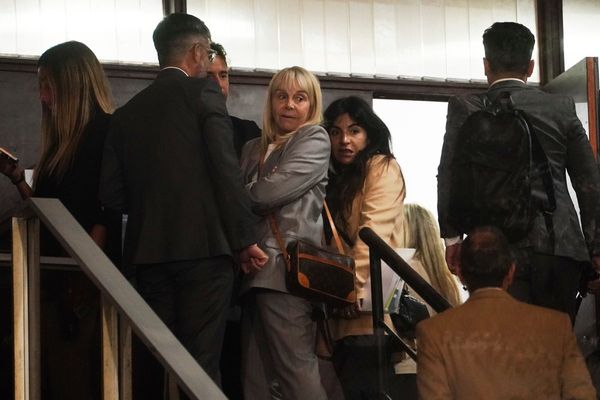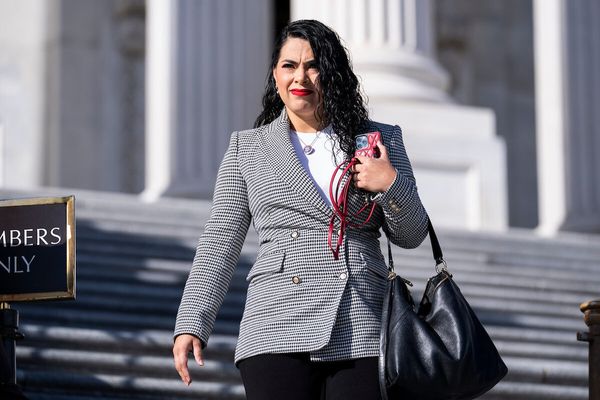
Top Trump administration officials, including 'border czar' Tom Homan and the acting deputy attorney general, visited Chicago on Sunday to witness the start of ramped-up immigration enforcement in the nation's third-largest city. The operation involved multiple federal agencies, showcasing President Donald Trump's commitment to using federal law enforcement beyond the Department of Homeland Security for mass deportations.
Acting Deputy Attorney General Emil Bove observed immigration agents from the DHS, FBI, DEA, and ATF. The operation, which came after DHS expanded immigration authority to agencies in the Department of Justice, aimed to address obstruction and unlawful impediments to homeland security efforts.
The DEA's Chicago office posted pictures of the operation, which also involved ICE, ATF, and Customs and Border Protection. Similar immigration enforcement operations have been ongoing nationwide since Trump took office, with additional weekend operations reported in California, Georgia, and Colorado.
In Colorado, a raid targeted drug trafficking by the Venezuelan gang Tren de Aragua, resulting in the detention of nearly 50 individuals. The operation, which seized drugs, handguns, and cash, began under the Biden administration and continued under Trump's executive order.
ICE began enhanced targeted operations in Chicago, causing anxiety among residents, particularly in immigrant communities. Chicago has strong sanctuary protections that limit cooperation between city police and immigration agents, prompting immigrant rights groups to educate individuals on their rights in case of arrest.
Chicago Public Schools officials mistakenly believed ICE agents had visited a school, drawing criticism and raising concerns about the chilling effect of immigration enforcement operations. Governor JB Pritzker questioned the aggressive approach and its impact on law-abiding immigrants.
Immigrant rights groups in Chicago filed a lawsuit against ICE seeking an injunction against certain types of immigration raids, emphasizing the fear and uncertainty faced by immigrant communities in the city.







